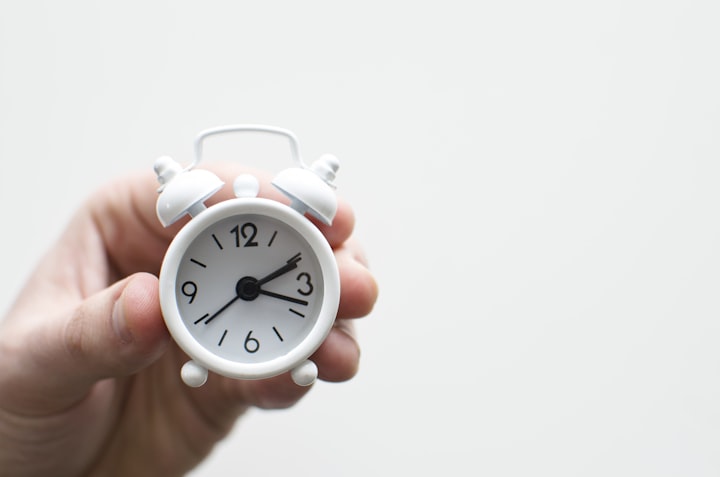
Introduction
Daylight Saving Time (DST) is a practice of advancing the clock by one hour in the spring and turning it back by one hour in the fall. The purpose of this practice is to adjust the time of day that the sun appears to rise and set, allowing people to make better use of natural daylight during the longer days of summer.
DST is a concept that has been around for over a century and has been implemented in various forms throughout history. The modern version of DST was first introduced during World War I as a way to conserve energy and resources. By adjusting the clocks forward, people could enjoy an extra hour of daylight in the evenings, reducing the need for artificial lighting and saving energy.
After World War I, the use of DST became more widespread, with many countries adopting it as a way to save energy and increase productivity. However, its use has also been controversial, with some studies suggesting that the shift in time can disrupt sleep patterns and lead to an increase in accidents and health problems.
Despite these concerns, DST remains a popular practice in many parts of the world, including the United States, where it was first adopted in 1918. Today, DST is observed in over 70 countries worldwide, although the start and end dates vary depending on the country and region.
Purpose of DST
The main purpose of DST is to save energy and promote more efficient use of natural resources. By extending daylight hours in the evening, people tend to use less artificial lighting, which can save energy. This, in turn, can reduce electricity consumption and lower greenhouse gas emissions. Studies have shown that DST can significantly reduce energy consumption in residential and commercial settings, and some estimates suggest that it can save up to 1% of the world's electricity consumption.
Aside from energy conservation, extending daylight hours in the evening can also have other benefits. For example, it can increase opportunities for outdoor activities and socializing, which could improve quality of life. Additionally, some research has suggested that DST could lead to a reduction in traffic accidents, crime rates, and workplace injuries, as well as an increase in productivity and economic growth.
Drawbacks of DST
Despite its benefits, DST also has some drawbacks. One of the most significant issues is that it can disrupt people's sleep patterns and circadian rhythms. Changing the clock by one hour can lead to feelings of fatigue, irritability, and decreased performance, especially in the days immediately following the switch.
As comedian Mike Vanatta quipped, 'Daylight Saving Time is the ultimate proof that humanity will do anything to avoid being punctual.'"
Another potential issue with DST is that it can negatively impact certain industries, such as agriculture. Farmers rely on natural light to perform many of their tasks, and changing the clock can throw off their schedules and disrupt their productivity. Some critics of DST also argue that it is unnecessary and inconvenient, as it requires people to adjust their schedules and can cause confusion for travelers and people communicating across time zones.
Variations of DST
Not all countries use DST, and those that do may use different start and end dates, as well as different time adjustments. For example, some countries adjust the clock by 30 minutes instead of one hour, or they may use different start and end dates for DST depending on their location and climate. Some countries have even experimented with permanent DST, where the clock remains set ahead by one hour year-round. The variety of DST implementations around the world reflects the different cultural, social, and economic factors that influence its use.
Conclusion
The future of DST remains an ongoing debate, with some countries continuing to use it while others opt out. As with any policy decision, there are both advantages and disadvantages to DST, and the best course of action may depend on the specific context and needs of a given community. Despite its drawbacks, DST remains an important tool for promoting energy conservation and reducing greenhouse gas emissions. Whether it will continue to be used in the future or will be replaced by a different system remains to be seen, but it is clear that DST will continue to be a topic of discussion and debate for years to come.
About the Creator
Vijay A
I am a dedicated writer who customizes my writing to suit the specific needs of each project. I produce engaging and innovative content that goes above and beyond expectations.





Comments
There are no comments for this story
Be the first to respond and start the conversation.